LG C5 vs LG B5: Which OLED TV should you buy?
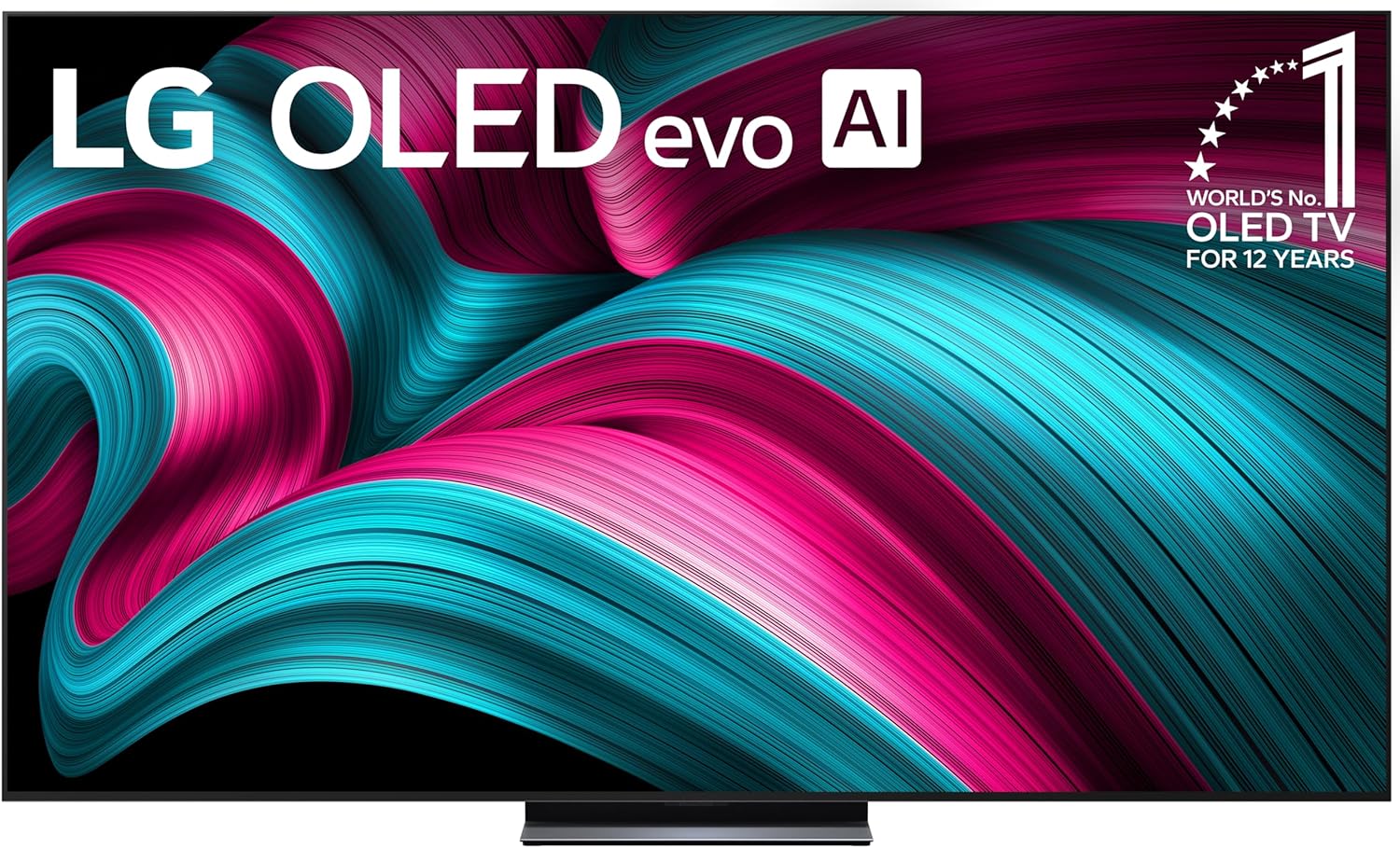
The C5 is LG's mid-range OLED in 2025. It delivers an incredible picture, a thorough collection of gaming enhancements and plenty of additional features.
Pros
- Terrific HDR brightness
- Class-leading gaming features
- Dolby Vision support
Cons
- No ATSC 3.0 support
- Isn't as colorful as the competition
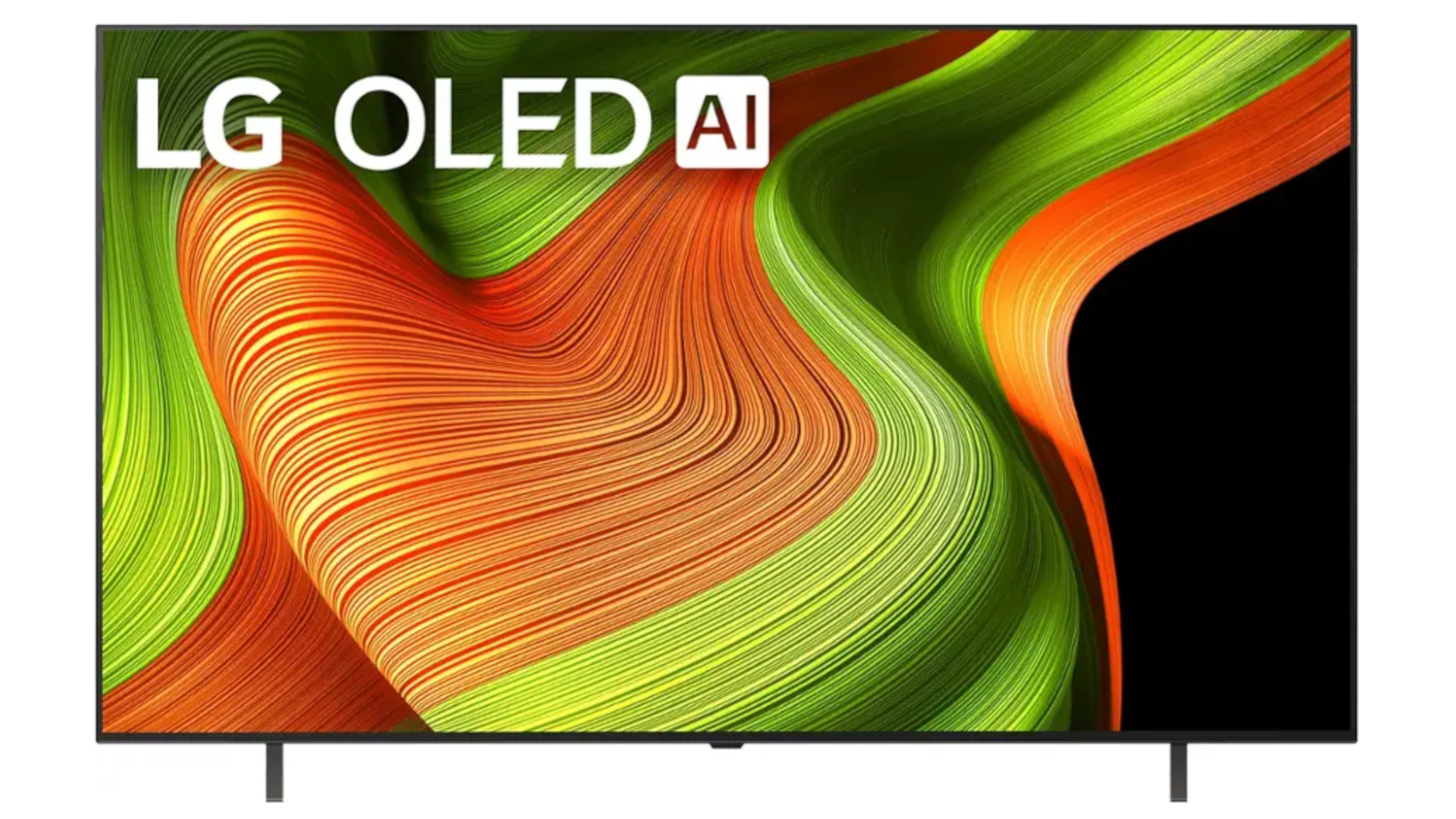
In the Best Buy-exclusive 48-inch screen size, the LG B5 is one of the cheapest OLED TVs on the market, offering good color and great gaming specs. However, it underperforms in brightness and suffers from poor anti-glare control.
Pros
- Good color
- Strong webOS operating system
- Excellent for gaming
Cons
- Low brightness, even with HDR content
- Highly reflective screen
The LG C5 OLED is the poster child for affordable OLED TVs, but it's not the only OLED available on the market for under $1,000.
The LG B5 OLED is also well-priced, and ekes under $1,000 if you're picking up the 48-inch version that's exclusive to Best Buy. Unfortunately, to sneak under the wire price-wise, it does make some cuts in performance. The B5 has lower specs and fewer features, and pales in comparison to the brighter, more colorful C5 OLED.
However, that doesn't mean the B5 is out of the running. Although it might sit in the shadow of the LG C5, the LG B5 OLED still has a lot to offer for its minimal price. Here's how LG's two OLED TVs stack and which model is the better pick this Fall.
LG B5 OLED vs LG C5: Specs compared
| Header Cell - Column 0 | LG B5 | LG C5 |
|---|---|---|
Sizes | 48", 55", 65", 77", 83" | 42", 48", 55", 65", 77", 83" |
Ports | 4x HDMI 2.1 | 4x HDMI 2.1 |
Resolution | 3,840 x 2,160p | 3,840 x 2,160p |
Refresh rate | 120Hz | 144Hz |
HDR | Dolby Vision, HDR10, HLG | Dolby Vision, HDR10, HLG |
Smart TV software | webOS | webOS |
ATSC 3.0 support? | No | No |
Processor | a8 AI Processor 4K Gen 2 | a9 AI Processor 4K Gen 8 |
LG B5 OLED vs LG C5: Design
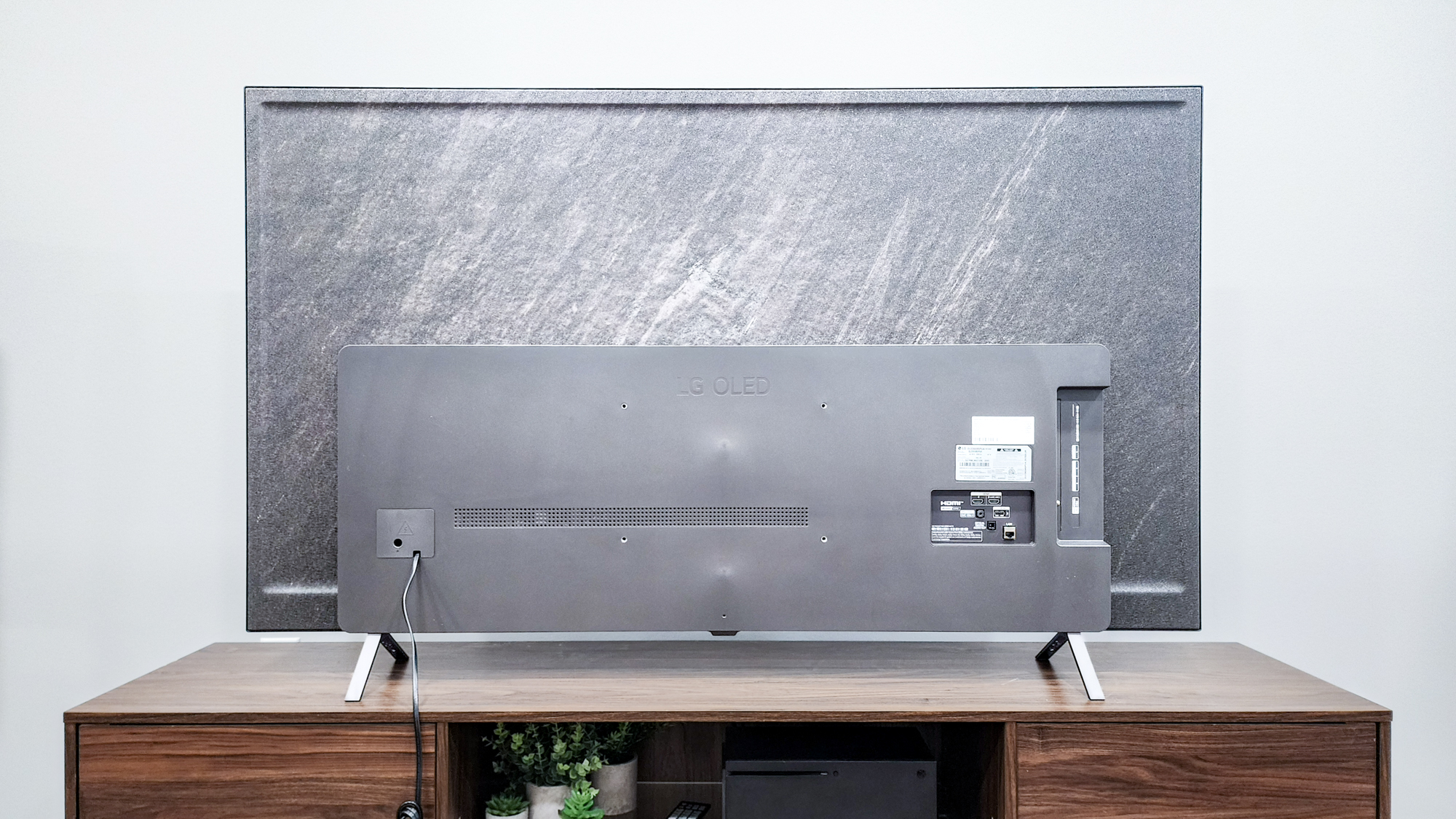
Since these OLED TVs were designed by LG, you can expect similar build quality between them. The two models are very slim, measuring at 1.8 inches in depth without the stand, which is typical of more modern OLED TVs.
Even their weights are practically identical, with the B5 coming in at 37.7 lbs and the C5 weighing in at 36.6 lbs without the stands.
No matter which model you choose, you'll still get those deep contrasts and perfect shadows thanks to their WOLED panels. The LG G5 OLED, the pair's higher-priced sibling, uses a Tandem RGB OLED panel that takes the technology to the next level, but these WOLED models are more than capable of delivering great picture performance.
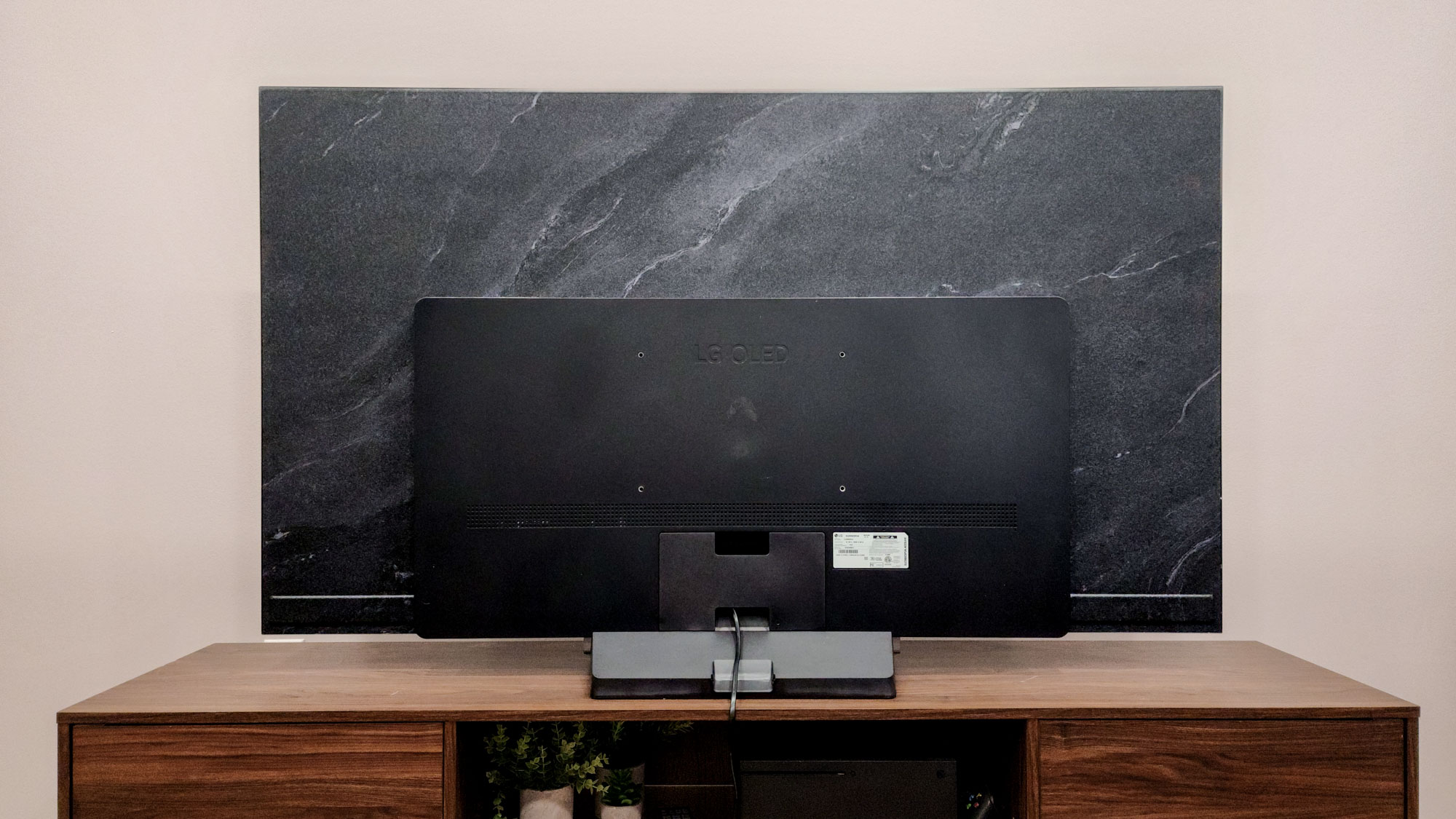
Audio, on the other hand, isn't ideal for either set. The speaker configurations of the C5 vary across screen sizes, with models at 48-inch and above featuring a 2.2-channel 40W speaker system. The LG B5 offers a mere 20W of output on a 2.0-channel speaker, highlighting the OLED duo's middling speaker performance.
Get instant access to breaking news, the hottest reviews, great deals and helpful tips.
However, both LG OLED TVs are equipped with Dolby Atmos support and can leverage LG's AI Sound Pro feature. This allows the TVs to hit a Virtual 9.1.2 Up-mix for improved audio, but you'll still want to get one of the best soundbars for quality audio.
Since the C5 is equipped with an improved processor, the mid-level OLED TV will offer better upscaling than the B5. I witnessed it for myself at an event earlier this year, with the LG C5 making a 1080p MLB broadcast look identical to the same broadcast in 4K. It's almost too good to believe.
The C5 also has a 144Hz refresh rate against the B5's 120Hz, making the former far more well-designed (and well-rounded) for anyone who wants to connect their TV to their gaming PC.
Winner: LG C5
LG B5 OLED vs LG C5: Performance
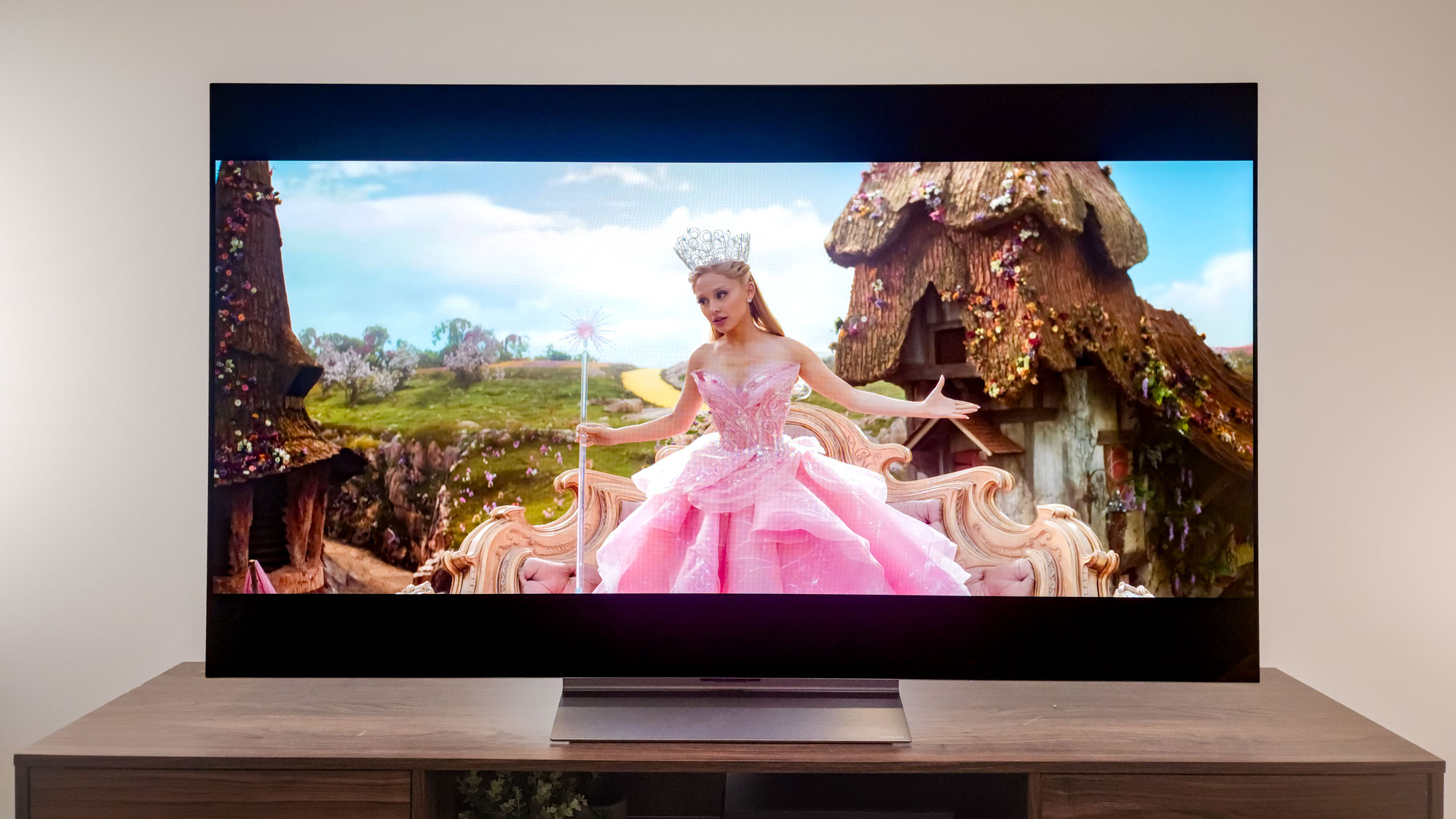
| Header Cell - Column 0 | LG B5 | LG C5 |
|---|---|---|
SDR Brightness (10%, in nits) | 241 | 344 |
Delta-E (lower is better) | 1.6 | 1.2 |
HDR Brightness (10%, in nits) | 606 | 1,179 |
UHDA-P3 Gamut Coverage | 99.59% | 99.45% |
Rec. 2020 Gamut Coverage | 76.59% | 76.18% |
Input latency (milliseconds) | 9.0 | 9.1 |
Despite seemingly similar color ratios, it's clear from the metrics that the LG C5 outclasses its lower-priced counterpart. The two TVs share quite a bit when it comes to color, but brightness is a major letdown on the B-series OLED. It can't even break over 1,000 nits in HDR, which creates several problems for the TV.
One notable setback, given its lower brightness, is a lack of ample glare mitigation. In our B5 review, we highlight this very issue, calling into question its highly reflective screen. The minuscule luminance on the B5 is one of the key factors for its lower score, introducing diminishing returns for bright room viewing.
Meanwhile, the LG C5 handles glare with ease. It eliminates reflections using a new screen design, ensuring stellar performance in bright rooms.
Although imperceptible, the C5 also has slightly better color accuracy with its lower Delta-E score. The lower the better for Delta-E, but seeing how slim the variances are between them, it would be hard to rate one over the other here. They both have great color accuracy, which isn't surprising given they're OLED TVs.
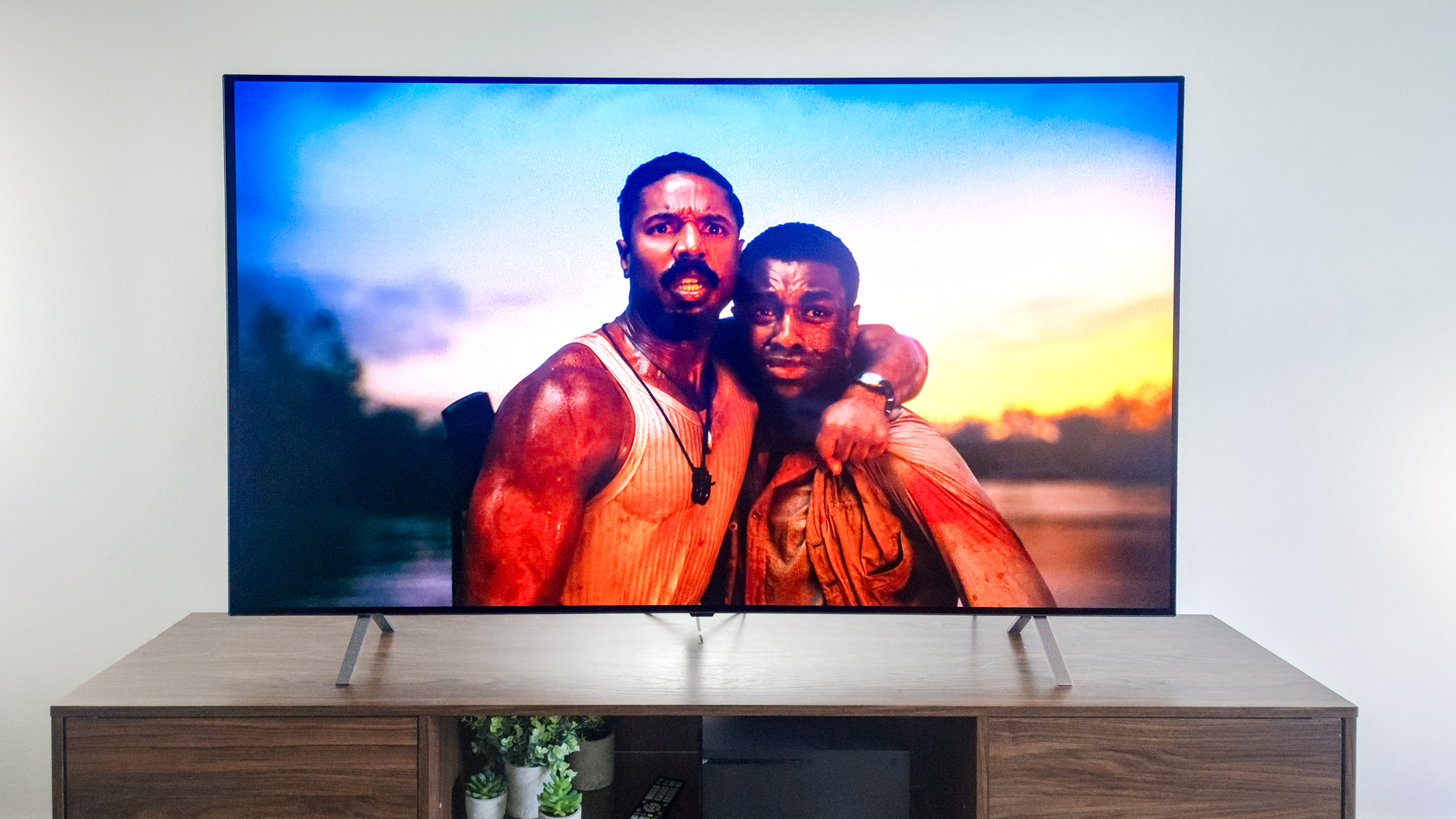
On the input latency front, the B5 surprisingly outperforms the C5 with a solid 9.0ms, which is truly remarkable. This is the lowest-rated input latency in our testing all year, highlighting the power of LG OLEDs for serious gamers.
Unfortunately, neither TV lives in a vacuum and must contend not only with one another, but against their predecessors as well. That's a problem for the B5 as it doesn't seem like a major enhancement over last year. It feels more like a rebranding with the same general picture performance and features.
The LG C5 OLED, on the other hand, is one of the only TVs all year to get a perfect rating. It offers serious performance at a minimal premium, netting you enhanced picture quality on an OLED screen and loads of features.
Winner: LG C5
LG B5 OLED vs LG C5: Smart platform and features
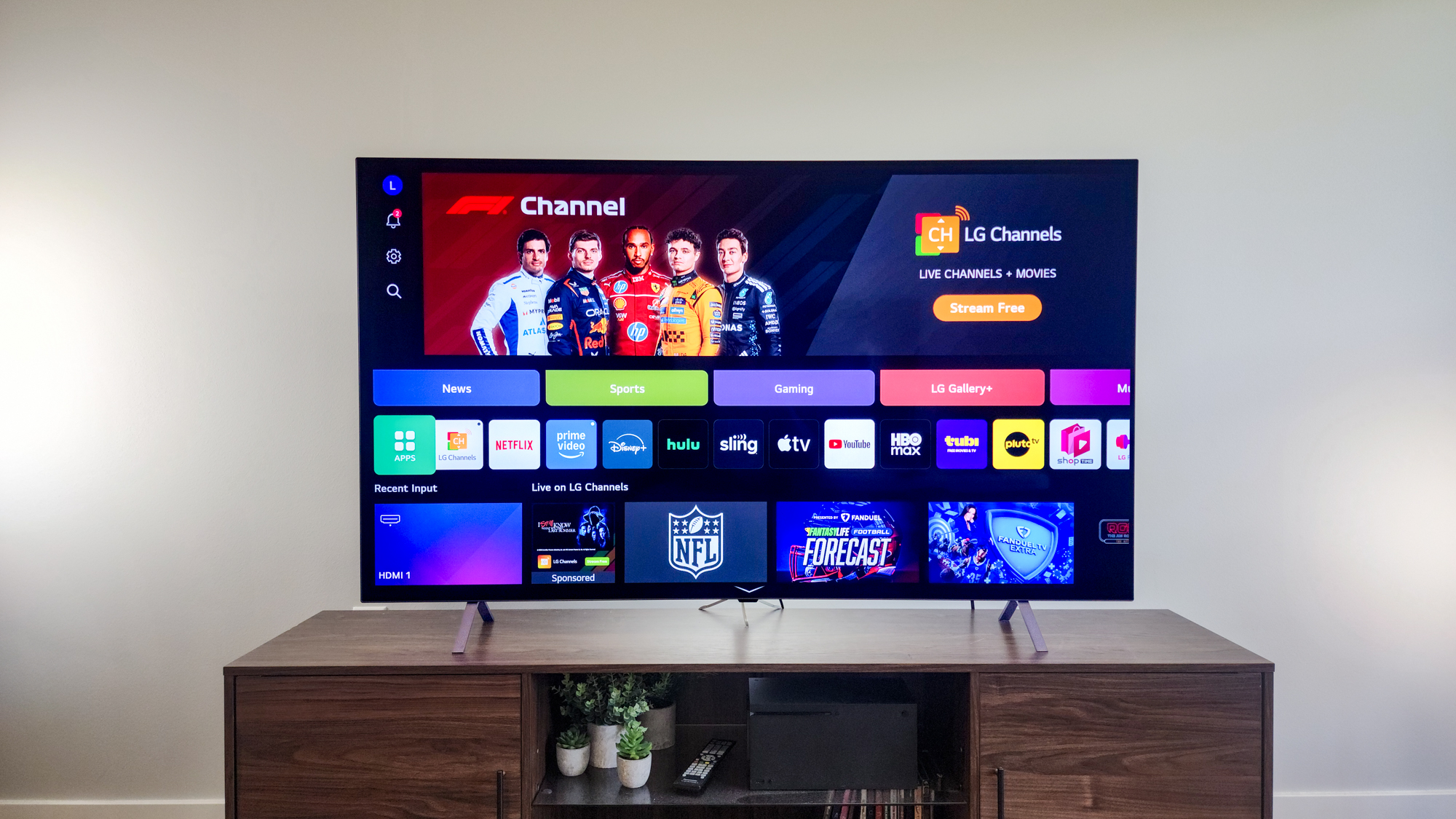
The B5 and C5 use the same TV interface, called webOS. It's home to a wide swath of free content under LG Channels, and it has access to many of the best streaming services. LG's webOS is also one of the few TV interfaces with access to cloud gaming platforms, like Nvidia GeForce Now, Amazon Luna, and Game Pass.
One of the best aspects of webOS is LG's ReNew Program, which aims to make older sets feel brand new through software updates over the course of five years. This means both the LG B5 and LG C5 will see major interface updates going into 2030, which is great for newer buyers.
The LG B5 and C5 also share similar feature support. They're equipped with Dolby Vision and Dolby Atmos, both of which you'll want if you get into 4K/HDR streaming. Unfortunately, neither set has an ATSC 3.0 tuner for 4K broadcasts, but I think this is fine given the many free channels LG and other services offer.
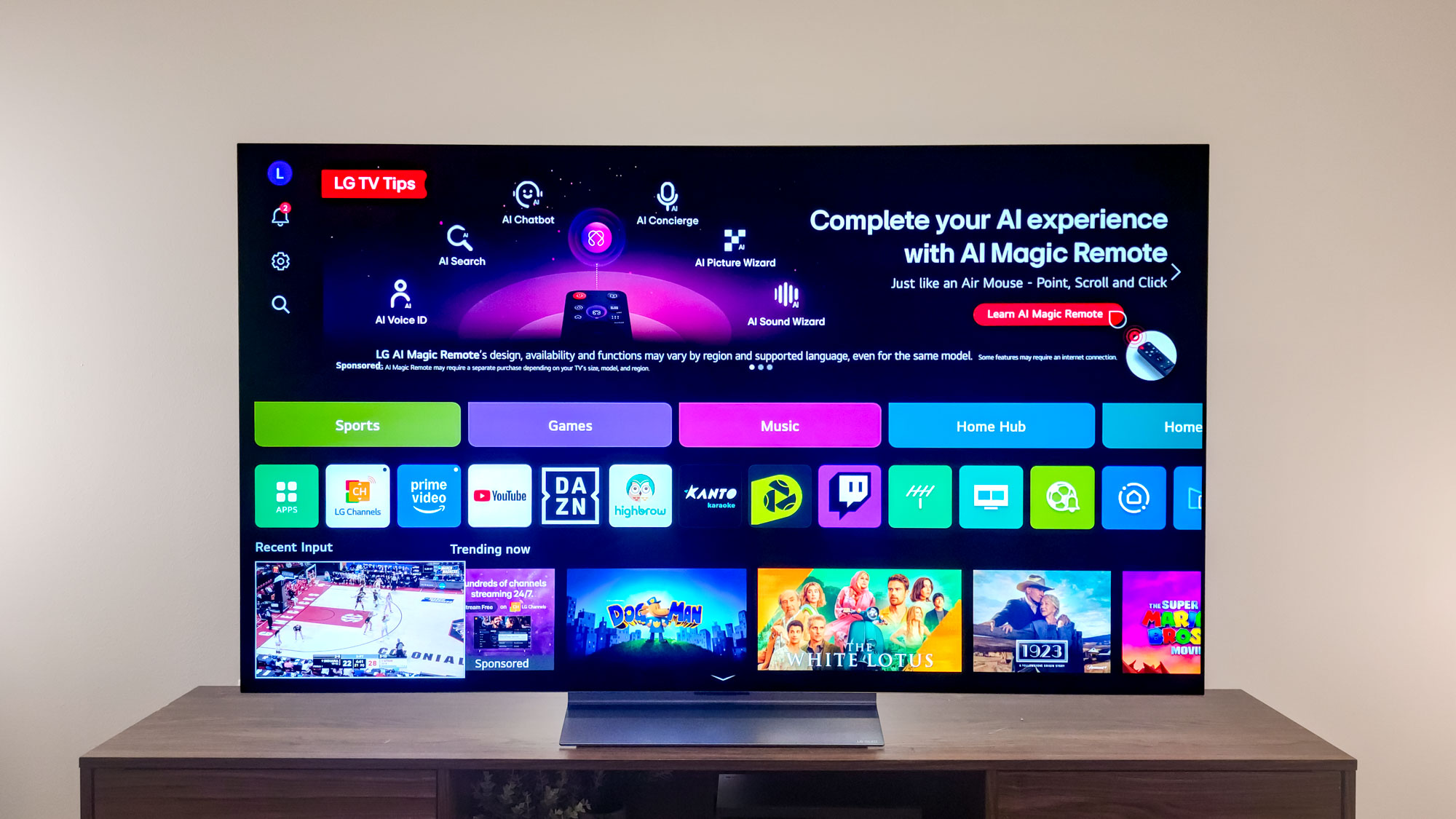
You can expect a healthy dose of gaming features on both sets, but the C5 definitely outclasses the B5 with a native 120Hz that can hit up to 144Hz in VRR. The B5 is stuck at merely 120Hz, which is reasonable enough for console gamers, but not quite enough if you're running one of the best gaming PCs.
Although the LG C5 outclasses the B5 in terms of some features, you'll still get largely the same experience from both TV interfaces. They share the same HDR compatibility and run on the same OS, so don't expect a major difference if you go with the B5 over the C5.
Winner: Tie
LG B5 OLED vs LG C5: Verdict
| Header Cell - Column 0 | LG B5 | LG C5 |
|---|---|---|
Specs (25) | 24 | 24 |
Design (25) | 23 | 24 |
Performance (25) | 22 | 25 |
Features (25) | 23 | 23 |
Total Score (100) | 91 | 96 |
While the LG B5 OLED has a lot to show for its features and price, it simply can't match the raw value of the C5. The mid-range OLED is equipped with excellent performance and remains one of the only TVs we reviewed this year to receive a perfect score.
The B5 falls short in a lot of ways. The 65-inch model might be $1,099 at the time of writing, but the C5 surpasses it with enhanced brightness and color accuracy, and it's just $400 more at the same size. The C5 also handles screen reflections very well, thanks to a new screen design, which the B5 lacks.
Poor brightness and limited anti-reflective measures make the B5 a tough sell, but it's a good budget set for gamers. While it might have poor luminance, it does offer great gaming features and some of the lowest input latency tested in our labs all year.
If you're looking for a small-screen OLED TV at an incredible price, the B5 isn't a bad choice, but the C5 OLED is the clear winner.
More from Tom's Guide
- LG G5 OLED TV review
- Samsung S95F OLED TV review
- This new TV breakthrough looks like a game-changer for OLED TVs

Ryan Epps is a Staff Writer under the TV/AV section at Tom's Guide focusing on TVs and projectors. When not researching PHOLEDs and writing about the next major innovation in the projector space, he's consuming random anime from the 90's, playing Dark Souls 3 again, or reading yet another Haruki Murakami novel.
You must confirm your public display name before commenting
Please logout and then login again, you will then be prompted to enter your display name.
